Overview of the History Of Sri Lanka
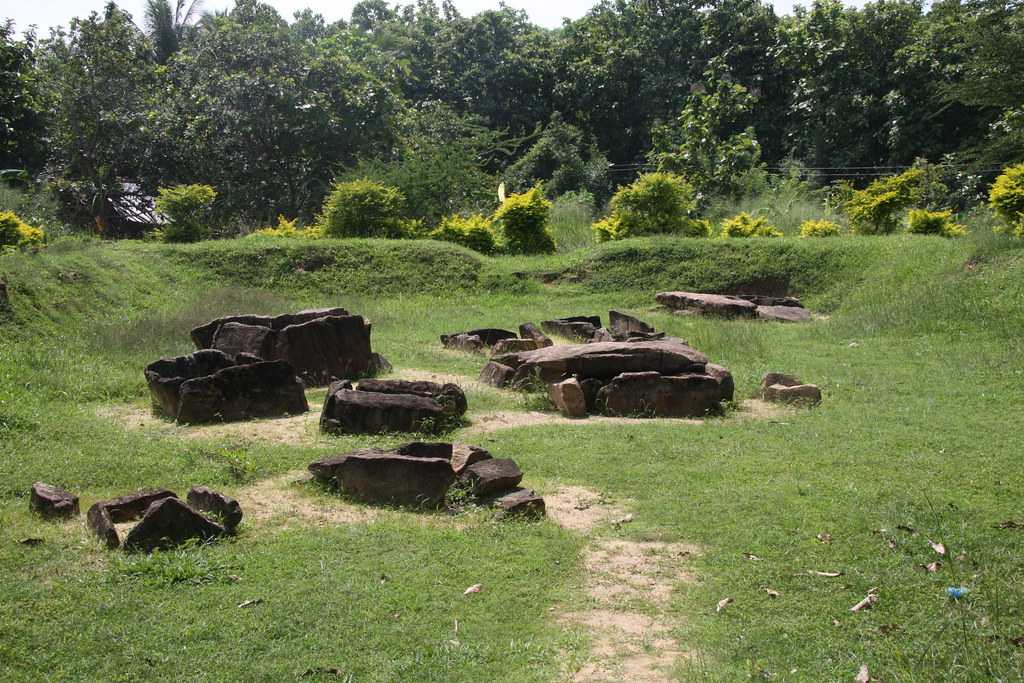
The history of Sri Lanka begins around 34,000 years ago with the appearance of the prehistoric Balangoda Man. His descendants, the hunter-gatherer Veddha tribe, continue to live in the country to this day. Excavations have unearthed tools and pottery from the prehistoric times.
The prehistoric era was followed by the period of Indo-Aryan immigration to the country, commencing with the arrival of King Vijaya from India in the 5th century BC; he later founded the Vijaya dynasty. The establishment of the famed Kingdom of Anuradhapura, the first kingdom in the history of Sri Lanka occurred in the 3rd century BC by King Pandukabhaya. This period witnessed the advent of Buddhism in Sri Lanka, as chronicled by the Pali scriptures. The kingdom was frequently subjected to invasions by the Cholas, who finally succeeded in capturing the region in 1017 AD.
During the Cholan reign, the rulers of the Kingdom of Ruhuna briefly governed the southern regions of the country. Another critical empire in the history of Sri Lanka that was established as the Kingdom of Polonnaruwa by King Vijaybahu in 1055. The kingdom fell into decline after a Pandyan invasion in 1232. Numerous smaller empires, such as those of Jaffna, Gampola and Kotte reigned over some areas of the land during the 13th to the 16th century. The dawn of the 16th century saw the arrival of the first European invasion, namely the Portuguese, who seized most of the country.
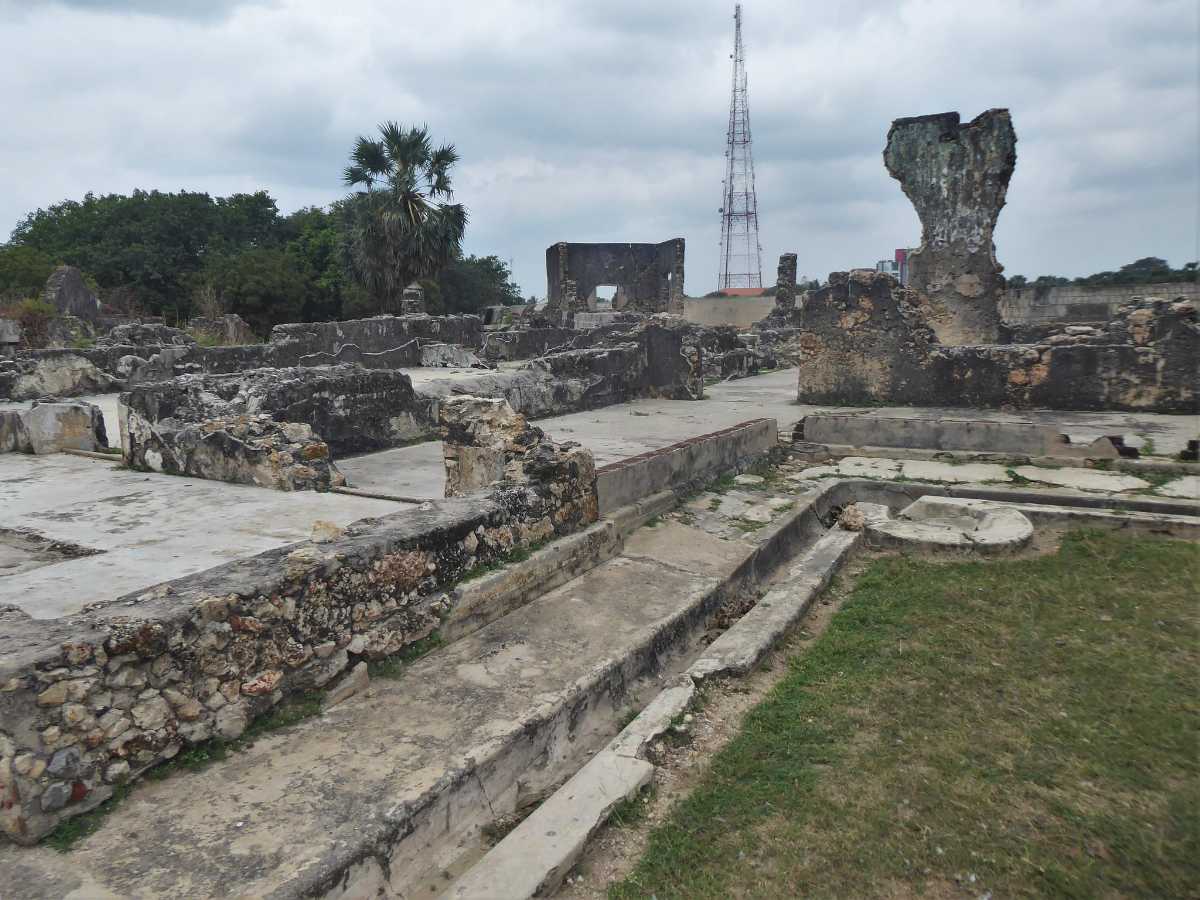
At the same time, the Kingdom of Kandy joined forces with the Dutch to overthrow the Portuguese. Unfortunately, after the Portuguese were defeated, the Dutch occupied the entire country in the 17th century. The year 1815 marked the onset of the colonial era under British rule in the history of Sri Lanka. Subsequently, the Sri Lankans began a political movement for independence, which was granted in 1948, conferring Dominion status to the island. Sri Lanka finally became a republic in 1972.
The country’s hardships did not end there. A civil war lasted from 1983 to 2009, causing immense death and destruction. Monuments such as Jaffna Fort, which have played a role in the colonial-era history of Sri Lanka, continue to recover from the extensive damage.
Many ancient sites remain as evidence of the bygone eras. Here is an insight into the historical destinations of Sri Lanka:
1) Anuradhapura
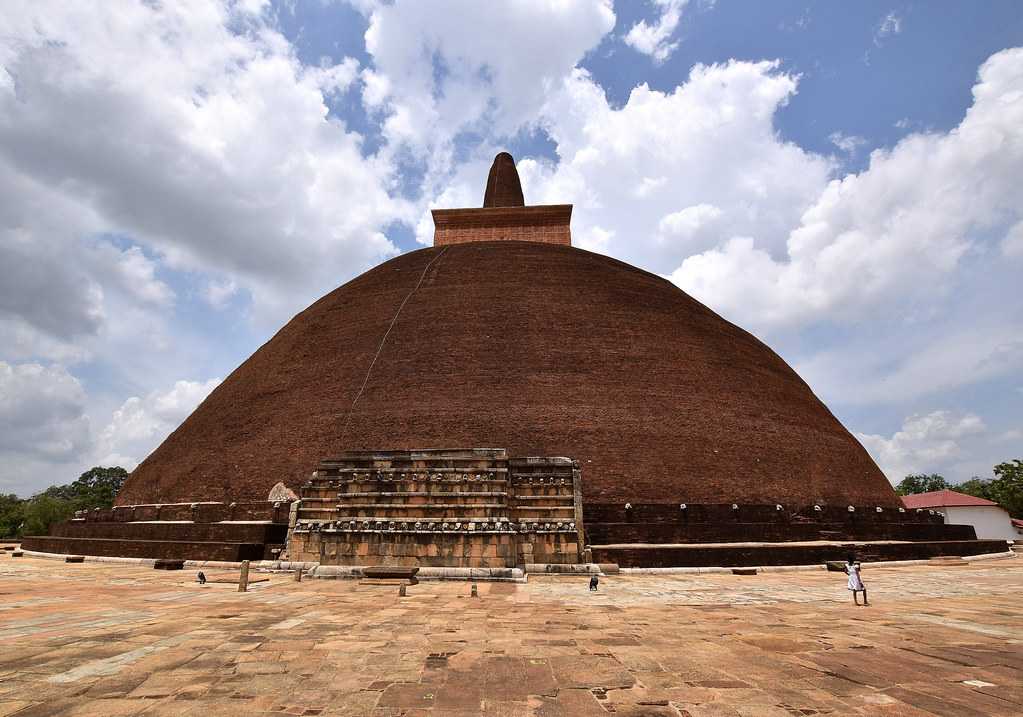
One can still view the remains of the striking Abhayagiri Dagaba, Ruvanvelisaya Dagaba, Jetavanaramaya Stupa, Thuparamaya Stupa and the Brazen Palace. Marvel at the majestic Sri Maha Bodhi, believed to be the oldest tree in the world. Religious monuments aside, visit the Tissa Wewa, an artificial lake built in the 3rd century BC; admire the complexity of the irrigation systems of the past.
2) Polonnaruwa
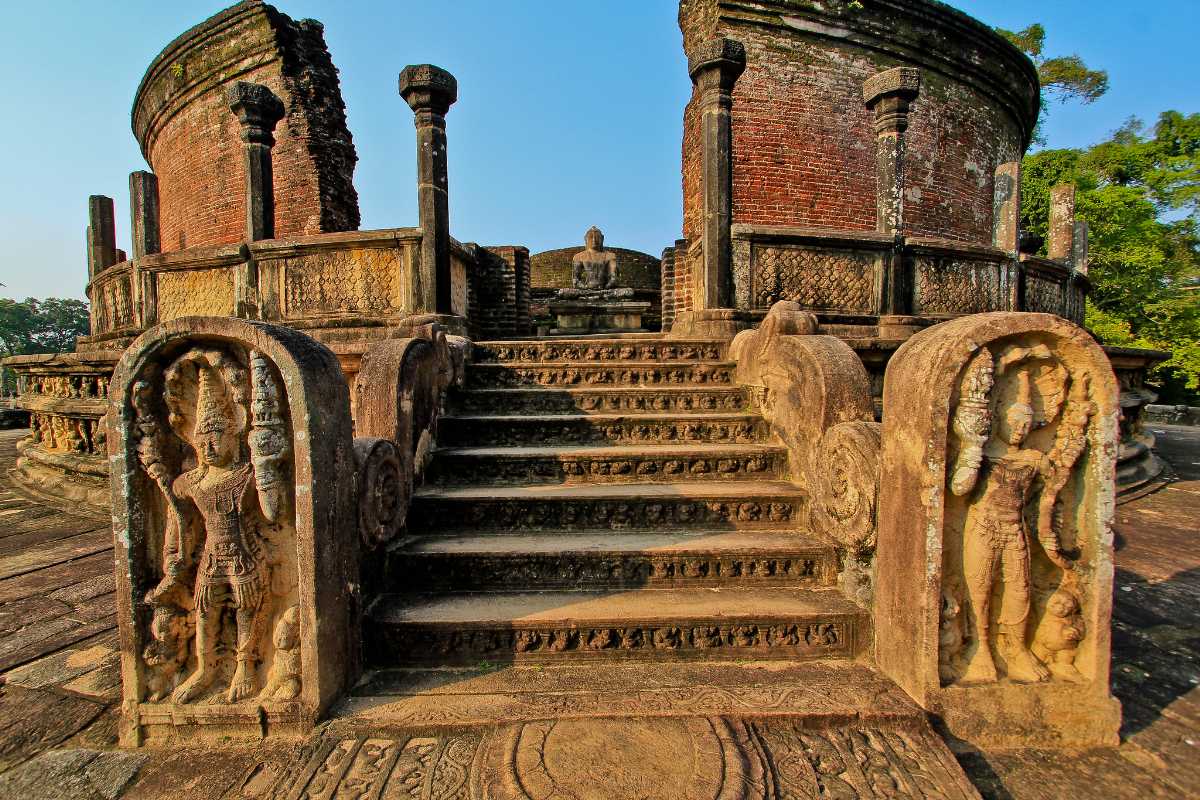
Polonnaruwa is renowned for the Royal Palace and the Quadrangle, clusters of ruins showcasing the architectural prowess during King Parakramabahu’s rule. Another highlight of this site is the Gal Vihara—expertly carved Buddha images. The Vatadage, a structure believed to have housed the Sacred Tooth Relic of Buddha, and the various stupas scattered across the ancient city, indicate the continued rise of Buddhism in the country.
3) Kandy
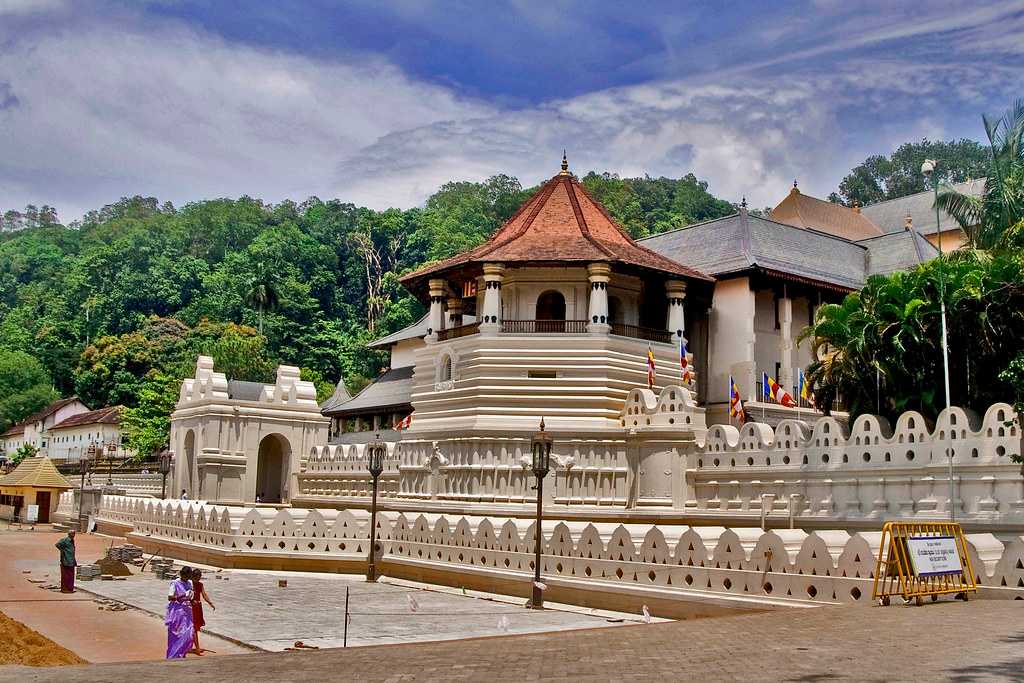
Kandy was the last of the ancient kingdoms in the history of Sri Lanka before the British occupied the entire country. Founded in the 15th century, Kandy was the last capital of ancient Sri Lanka.
Kandy is home to the Temple Of The Sacred Tooth Relic, built in the early 18th century by King Vira Parakrama Narendra Singha, and now a popular Buddhist pilgrimage site. The Degal Doruwa Raja Maha Vihara and the remnants of the Royal Court and the Audience Hall are undoubtedly worthy of a visit.
4) Sigiriya
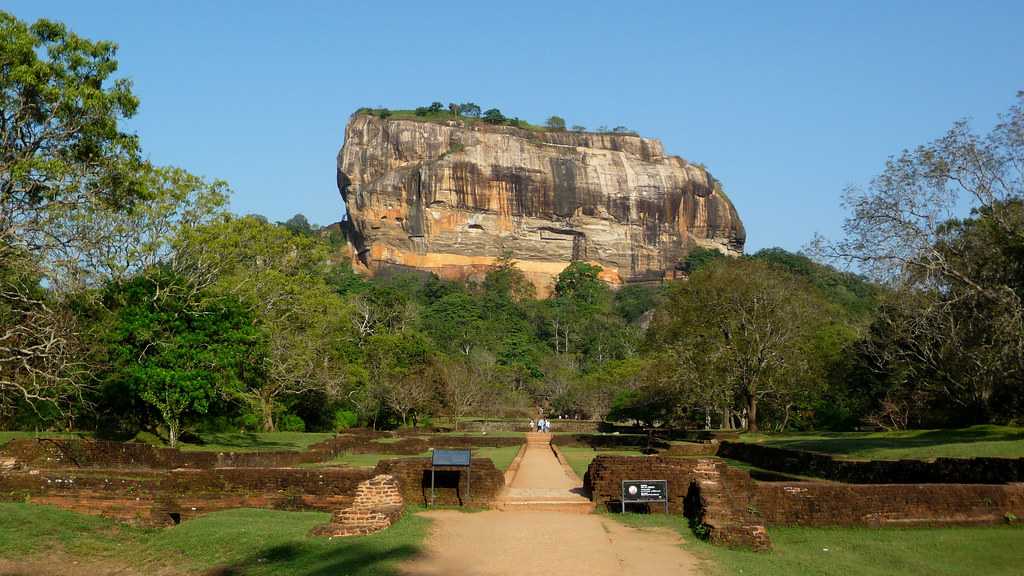
A rock fortress built in the 5th century BC, Sigiriya was the capital of King Kashyapa of the Moriya dynasty under the Kingdom of Anuradhapura. The fort, comprising sturdy fortifications, a hydraulic system and distinct landscaped gardens, has been hailed as a prime and early example of town planning and is undoubtedly one of the most notable attractions related to the history of Sri Lanka. The monument was later used as a Buddhist monastery.
History aficionado or not, you cannot miss an opportunity to climb the imposing Sigiriya Fortress. And these are certainly no ordinary ruins. Stunning frescoes, a unique mirror wall with various inscriptions, and the remnants of the majestic Lion staircase make Sigiriya a historical destination unlike any other.
5) Yapahuwa
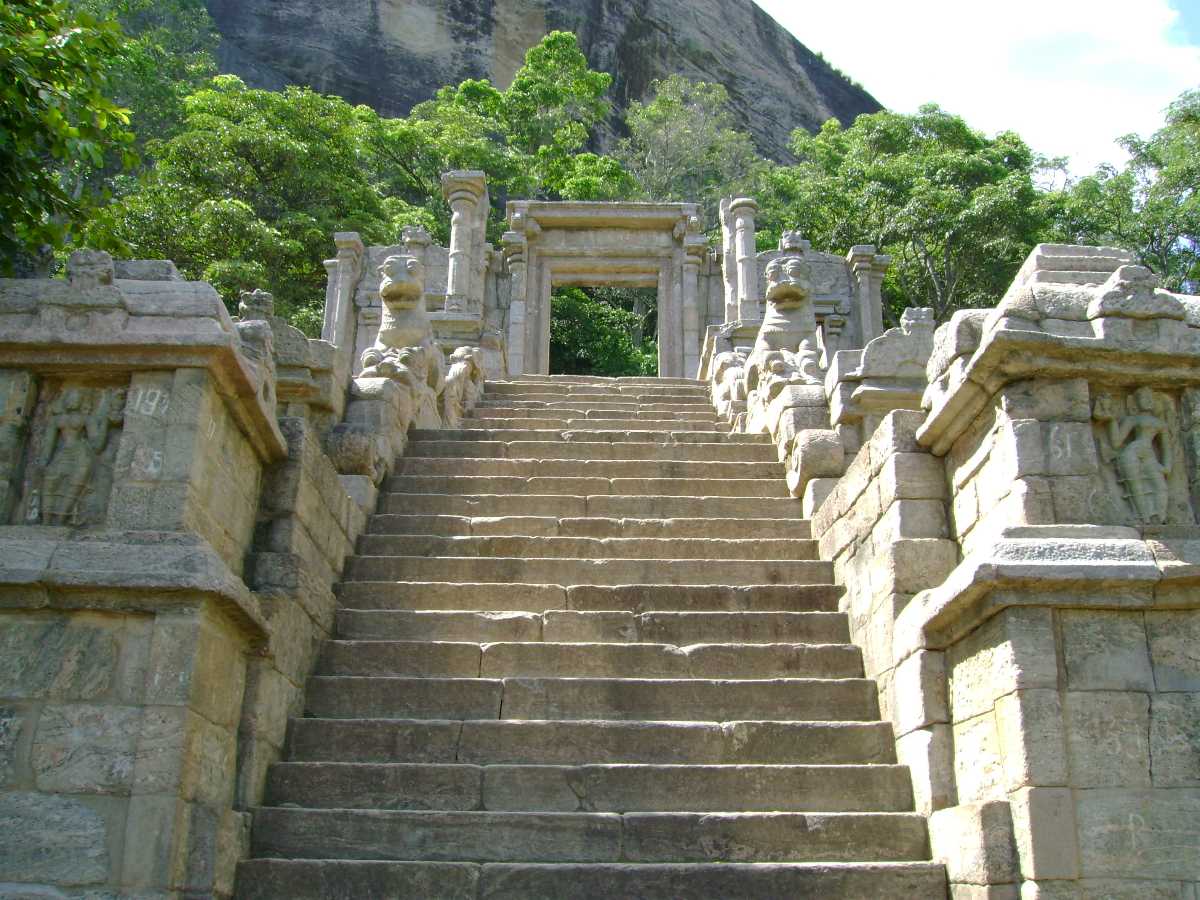
King Bhuvenakabahu of the Polonnaruwa kingdom designated Yapahuwa as the capital in the 13th century; naturally, a rock fortress befitting a town of such stature was constructed. Although a Pandyan invasion caused plenty of destruction, the captivating remains of the structures paint a good picture of the erstwhile city, sadly a short-lived capital in the history of Sri Lanka.
Yapahuwa’s best feature is unarguably an ornamental stairway with carvings similar to the Chinese Lion. The staircase leads to an impressive stone doorway at the top. The Yapahuwa museum offers a peek into the kingdom’s trade relations with China.
6) Galle
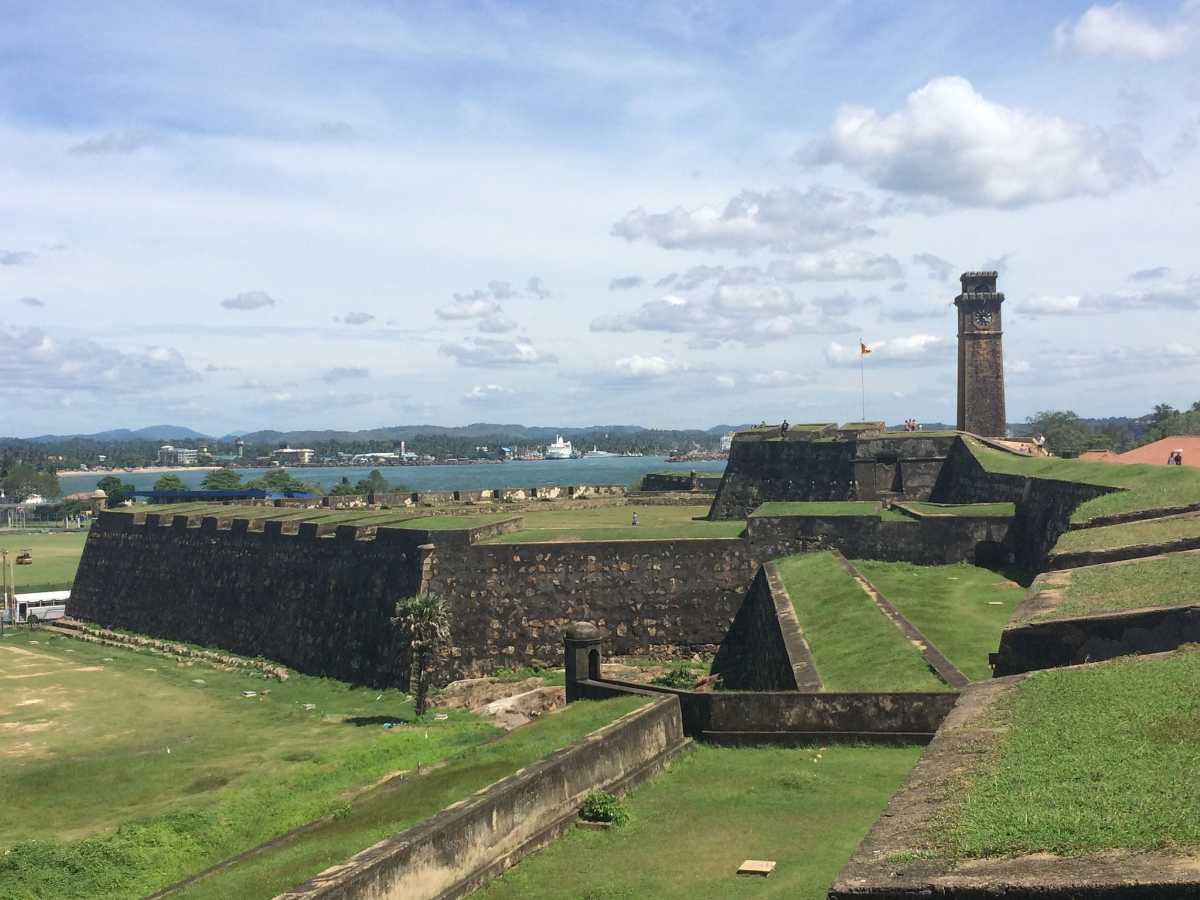
Post the period of the ancient kingdoms in the history of Sri Lanka, the port town of Galle gained prominence during the times of the Portuguese and the Dutch. Today, its buildings reflect Portuguese, Dutch and British architecture.
Galle is most famous for the historic Galle Fort, housing the Old Dutch Hospital and Dutch Reformed Church. The country’s oldest lighthouse, rebuilt by the British in 1939, is also in the city.
Explore these enchanting destinations, which offer invaluable insights into the fascinating history of Sri Lanka. You will undoubtedly be awestruck by the grandeur and power of the country’s former rulers.
